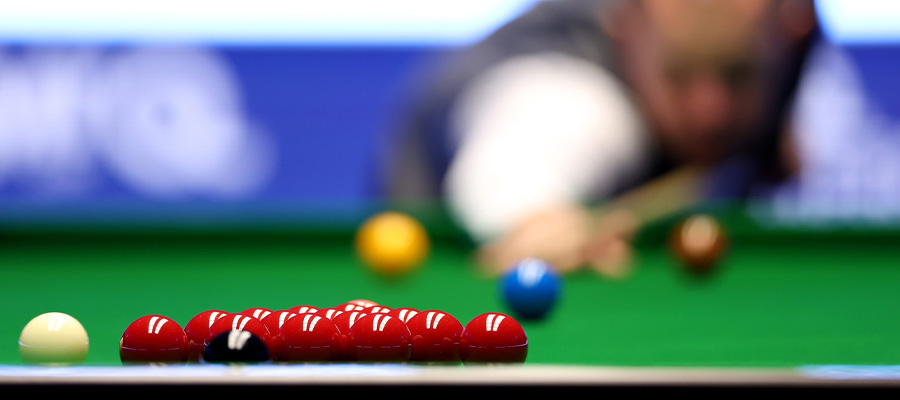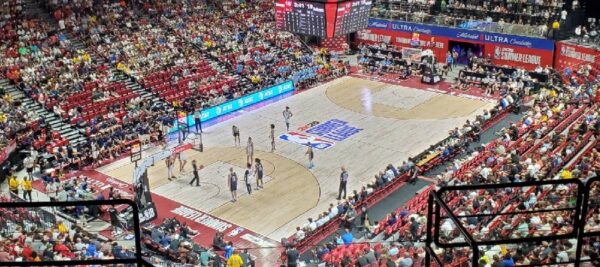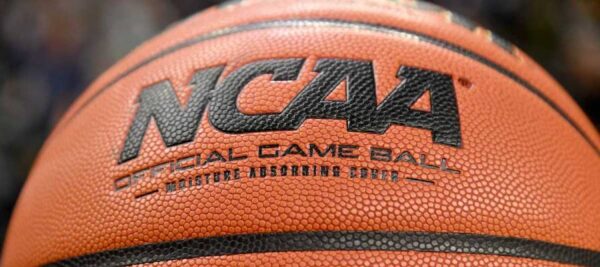Do you know how to play Snooker? How much do you know about? This is a basic guide for bookies who are new to the sport to know about the game.
Snooker is played on a 12 x 6 foot table (approximately), with six pockets.
There is one cue ball, 15 red balls and six colored balls. When there are still red balls on the table, the player’s first shot each turn must hit a red ball with the cue ball.
A pocketed red ball scores 1 point, and the next shot must be for any of the other colored balls that have values from 2 to 7 points.
The colored ball goes back to its original spot, while the red balls stay down if pocketed. The game continues, alternating red and colored balls.
The player’s turn ends on a miss or a foul, and the incoming player picks up the balls in position, except in certain situations after a foul.
When all the red balls are gone, the colored balls are pocketed in order of value and remain in the pocket. The player with the most points after all balls are pocketed wins the frame. The game reaches a predetermined number of frames won.
Improve your skills, learn and become a Snooker Pro
Snooker Rules & Format

The values of the object balls are: Red=1, Yellow=2, Green=3, Brown=4, Blue=5, Pink=6, Black=7. The balls that are not red are called colors and each has an assigned place on the table.
At the beginning of each frame, the 15 red balls are placed in a triangle between the pink and black dots, with the red ball at the apex almost touching the pink ball. The cue ball starts at any point on the “D”, a semicircular area at the “baulk” or bottom end of the table. The first shot (tiebreaker) has no special requirements.
A legal object ball on a shot is said to be “on”. The first object ball contacted by the cue ball on each shot must be an “on” ball. A player is said to be “pocketed” when the cue ball cannot hit both ends of a ball on a straight shot. To legally pocket a ball is to “sink” it.
When a player has pocketed a red ball, the next ball must be of a color and must be declared if it is not obvious from the position. If a color needs to be pocketed, but its own position is occupied, it is placed in the position with the highest available value.
Each square can end in several ways. If all balls are rolled, the player with the highest score wins the game. If the total possible points left on the table is less than the advantage, the player behind may concede.
In exceptional cases, if a player fails to pocket a ball three times from the same position (repeated) with a direct path to a full stroke of a pocketed ball, the game is forfeited. If the score is tied when the table is emptied, the black ball is returned to the table and the first score ends the game.
The first player to win three squares wins the game.
^Fouls
Fouls include pocketing the cue ball, failing to hit a ball, pocketing an unintentional ball, sending a ball to the floor, disturbing a ball, or making a jump shot (where the cue ball goes over an obstructed ball to touch a ball).
Fouls are penalized by awarding four to seven points to the player not committing the foul, depending on the value of the object ball involved in the foul.
In addition, the player committing the foul may return the shot to the fouler or, if caught, may choose any ball (a “free ball”) as a target or, if he fails to hit a ball, may return the balls to their previous positions and force the fouler to repeat the shot.
^Table
The table usually has a slate surface covered with green cloth. It is rectangular, measures 4.5 meters by 1.8 meters and is just under 1 meter high.
- The six pockets are located in 4 corners and 2 centers of both long side, or cushion, pockets.
- The end of the baulk, from where the game begins, has a line that spans the width of the table 29 inches from the cushion.
- D, a semicircle with a radius of 11.5 inches and a diameter equal to the baulk line, is at the center.
Snooker Betting Center
Snooker Odds and Lines
| Snooker Betting |
| Championship League |
| English Open |
| European Masters |




